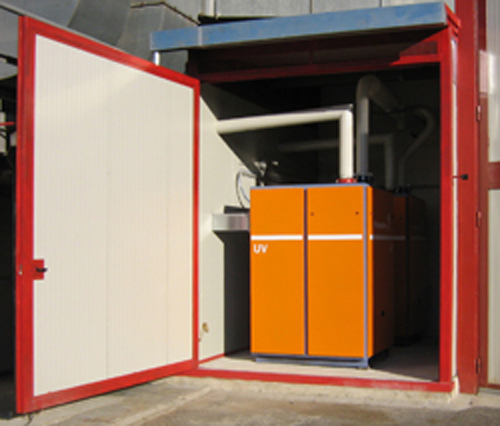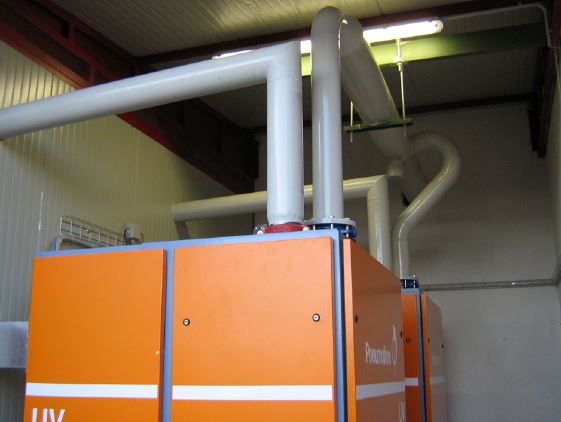 Production facilities must continually improve through investment to maintain or enhance market share amid growing global demand. A key upgrade for pasta factories is transitioning from traditional liquid ring pumps to modern UV vacuum pumps, which offer better vacuum levels and reduced operational costs.
Production facilities must continually improve through investment to maintain or enhance market share amid growing global demand. A key upgrade for pasta factories is transitioning from traditional liquid ring pumps to modern UV vacuum pumps, which offer better vacuum levels and reduced operational costs.
One pasta factory producing dry pasta has addressed its vacuum system issues by utilising Pneumofore, which offers a complete vacuum system design. The pasta factory has revamped its vacuum piping by installing a new manifold-sized DN250, reducing pressure losses. With a distance of 40 metres between the UV pumps and the furthest production line, the measured pressure loss was only 6 mbar.
During the commissioning of two UV16 pumps in October 2007, tests showed that operating all five pasta lines at a total output of 11,500 kg/h resulted in a vacuum of 50 mbar(a). When running four lines at 9,000 kg/h, the pressure dropped to nearly excessive levels, prompting the shutdown of one pump, which raised the pressure to 160 mbar(a).
 The pasta lines require a vacuum of 180 to 220 mbar(a). Previously, three oil-sealed ring pumps of 22 kW each were necessary for 9,000 kg/h at 200 mbar(a).
The pasta lines require a vacuum of 180 to 220 mbar(a). Previously, three oil-sealed ring pumps of 22 kW each were necessary for 9,000 kg/h at 200 mbar(a).
In contrast, a single UV16 pump can maintain 160 mbar(a) for the same quantity. Tests also showed that running all five lines at 11,000 kg/h with one UV16 pump achieved a residual pressure of 210 mbar(a) while consuming only 14 kW of power, a significant reduction from the previous 66 kW.
These impressive results are uncommon, but Pneumofore's design typically yields an 18-month payback period. In this case, it was even shorter due to the high costs of oil-sealed pumps and energy consumption. Other pasta factories are now observing the long-term performance of the UV pumps, highlighting Pneumofore's strengths in efficiency, reliability, and durability.
Contact Dynapumps today to explore our range of Pneumofore solutions and learn how we can assist you in transitioning your food production to modern UV vacuum pumps, achieving better vacuum levels and reducing operational costs.